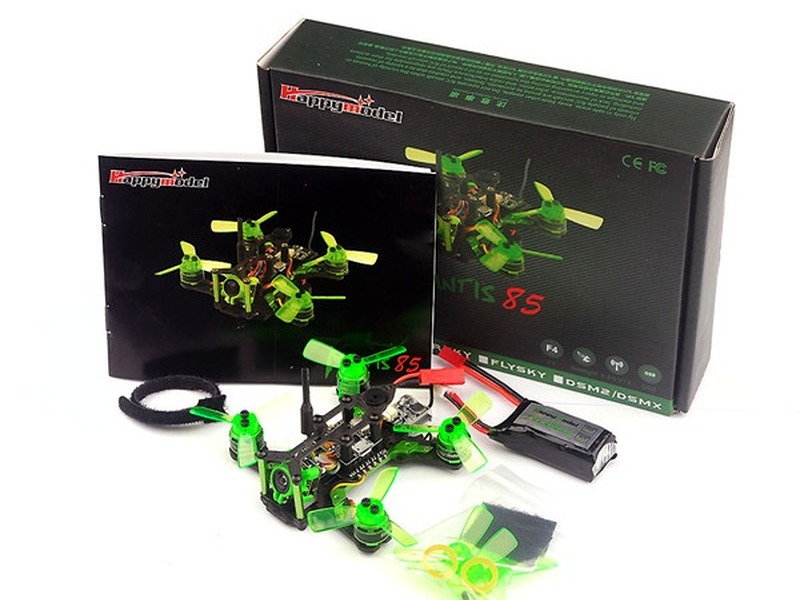Does FPV make you sick?

The answer to the question of whether or not FPV (First Person View) makes you sick is a resounding “it depends.” While some people may experience motion sickness or other symptoms while using FPV, others may not. It is important to note that the symptoms experienced by individuals using FPV can vary greatly depending on a variety of factors, including the type of FPV system being used, the individual’s physical condition, and the environment in which the FPV system is being used.
When it comes to the type of FPV system being used, some systems are more prone to causing motion sickness than others. For example, systems that use a camera mounted on a gimbal are generally less likely to cause motion sickness than systems that use a fixed camera. Additionally, systems that use a head-mounted display (HMD) are generally more likely to cause motion sickness than systems that use a monitor or other display.
The physical condition of the individual using the FPV system can also play a role in whether or not they experience motion sickness. Individuals who are prone to motion sickness or have a history of motion sickness may be more likely to experience symptoms when using an FPV system. Additionally, individuals who are fatigued, dehydrated, or have a low blood sugar level may be more likely to experience motion sickness when using an FPV system.
Finally, the environment in which the FPV system is being used can also affect whether or not an individual experiences motion sickness. For example, flying in an area with a lot of turbulence or flying at high speeds can increase the likelihood of motion sickness. Additionally, flying in an area with a lot of visual distractions, such as trees, buildings, or other objects, can also increase the likelihood of motion sickness.
In conclusion, the answer to the question of whether or not FPV makes you sick is a resounding “it depends.” While some people may experience motion sickness or other symptoms while using FPV, others may not. The type of FPV system being used, the individual’s physical condition, and the environment in which the FPV system is being used can all play a role in whether or not an individual experiences motion sickness. Therefore, it is important to consider all of these factors when determining whether or not FPV is right for you.
Comments / Question
2. Eat light meals before flying.
3. Stay hydrated and avoid alcohol and caffeine.
4. Take motion sickness medication if necessary.
5. Start with shorter flights and gradually increase the duration.
6. Take frequent breaks during long flights.
7. Use a head-mounted display (HMD) to reduce the feeling of motion.
8. Use a simulator to practice flying before taking off in real life.
9. Fly in smooth, consistent conditions.
10. Avoid flying in turbulent weather.
2. Stress: Flying FPV can be stressful due to the need to constantly monitor the drone’s position and the environment around it.
3. Fatigue: Flying FPV can be physically and mentally exhausting, leading to fatigue and a weakened immune system.
4. Poor Air Quality: Poor air quality in the cabin of an airplane can lead to an increased risk of feeling ill.
5. Dehydration: Dehydration can lead to a weakened immune system and an increased risk of feeling ill.

